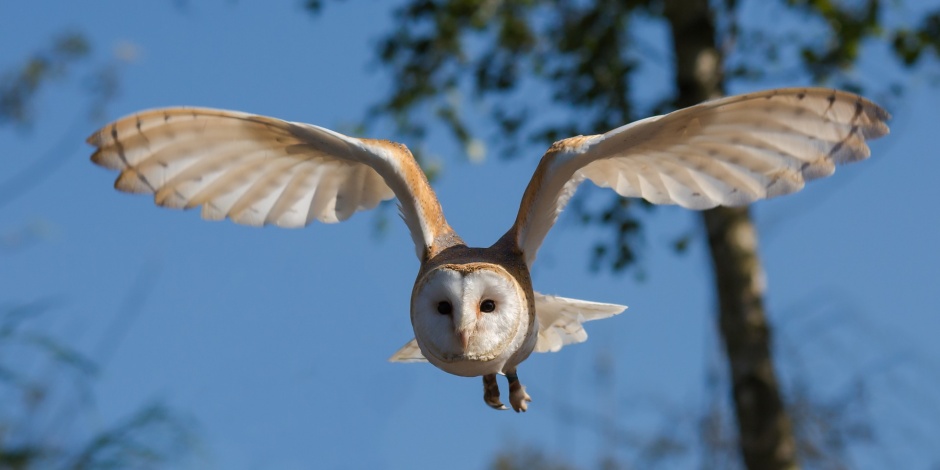Owl flight research could lead to quieter wind turbines
Owls’ wings could provide the inspiration for a new generation of quieter aircraft and wind turbines according to a study carried out by researchers from Japan and China.

Published in the Institute of Physics journal, Bioinspiration and Biomimetics the research shows how the serrations on the leading edge of an owl’s wing are key to its stealthy, silent flight. A similar mechanism could be used, it is claimed, to develop mechanisms for noise suppression in wind turbines, aircraft, multi-rotor drones and other machines.
Lead author of the report Professor Hao Liu, from Chiba University, Japan, said: “Owls are known for silent flight, owing to their unique wing features, which are normally characterised by leading-edge serrations, trailing-edge fringes and velvet-like surfaces. We wanted to understand how these features affect aerodynamic force production and noise reduction, and whether they could be applied elsewhere.”
The researchers analysed owl-inspired feather wing models with and without leading edge serrations, by combining large-eddy simulations – a mathematical model for turbulence used in computational fluid dynamics to simulate air flows – and Particle-Image Velocimetry (PIV) and force measurements in a low-speed wind tunnel.
Register now to continue reading
Thanks for visiting The Engineer. You’ve now reached your monthly limit of news stories. Register for free to unlock unlimited access to all of our news coverage, as well as premium content including opinion, in-depth features and special reports.
Benefits of registering
-
In-depth insights and coverage of key emerging trends
-
Unrestricted access to special reports throughout the year
-
Daily technology news delivered straight to your inbox










UK Enters ‘Golden Age of Nuclear’
The delay (nearly 8 years) in getting approval for the Rolls-Royce SMR is most worrying. Signifies a torpid and expensive system that is quite onerous...